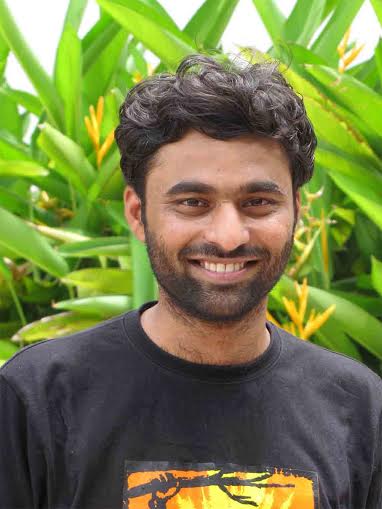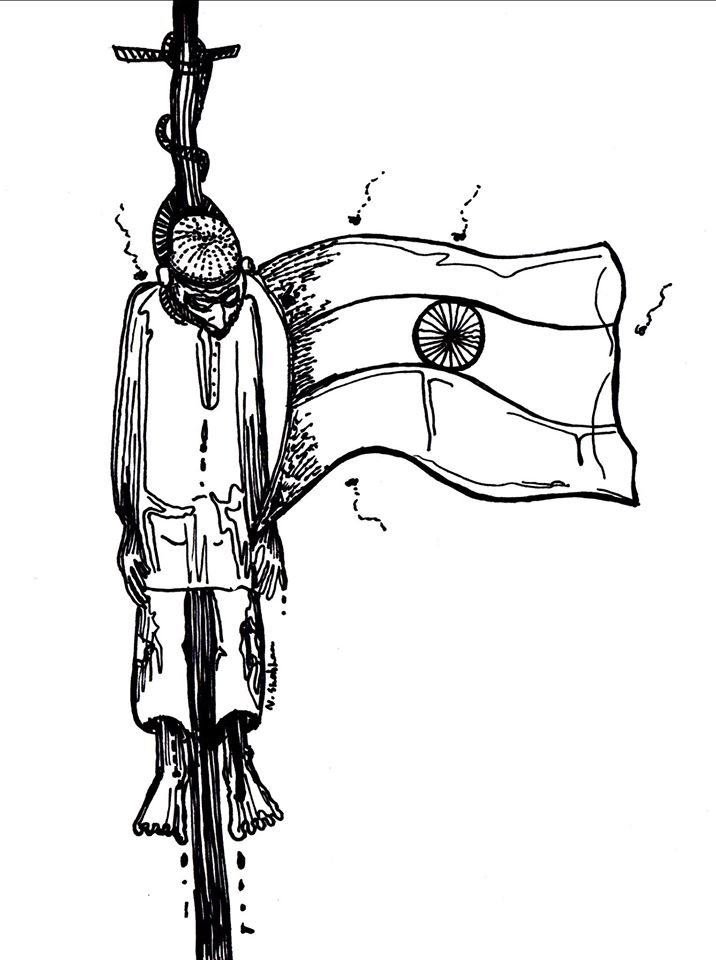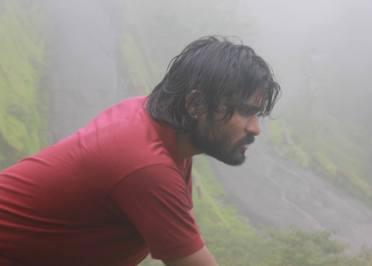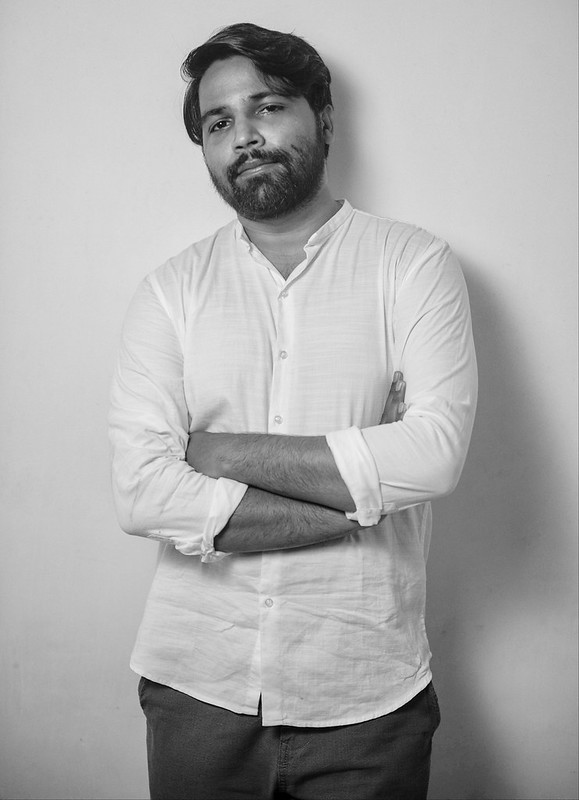Pramod Mandade
 One and half months ago I read in the news about Nitin Aage, the 17 year old Dalit boy who was brutally murdered in Kharda village in Ahmednagar. It made me feel helpless and I wanted to protest it. Nothing was really happening, I heard from a friend about a Long March that was going to be taken out.
One and half months ago I read in the news about Nitin Aage, the 17 year old Dalit boy who was brutally murdered in Kharda village in Ahmednagar. It made me feel helpless and I wanted to protest it. Nothing was really happening, I heard from a friend about a Long March that was going to be taken out.
It was a group of 30-40 people in the march who walked through the lanes in the village vastis calling out slogans, distributing pamphlets. 4-5 amongst us stopped every now and then to sing protest songs, appeal to the people to discuss caste violence. After moving through the vasti and reaching out to the people, a meeting used to be held with them. In the meetings, a few among us used to start the discussion by talking about the incident and other cases of caste atrocities that were happening throughout the state and urge them to resist it. After this we prompted them to speak about their village, their experiences of caste. In each village we heard the same experiences, only the places and first names changed.
In one of the first villages we heard a narrative about how the people of the village are peacefully living in harmony with each other. After the meeting we scattered around to have water and tea that they had arranged. A man came up and loudly started talking about how the sewer of the village opens up in Maharwada (Dalit vasti) and nothing has been done to it in spite of repeated complaints. During the rains the situation is unbearable.
All the places we walked through are consumed by a very loud silence because of fear. In the beginning of most of the meetings there was a lot of reluctance to speak. People looked at each other, waiting for someone to start. When one person broke the silence, everyone wanted to relate their experience of caste oppression. We heard cases of atrocities in nearly all the villages. We realized that the silence was actually the fear of caste violence.

The reference to the Dalit Panthers kept on recurring every time people spoke. They recounted how Dalit Panthers used to land up at the place of violence to resist it and question the perpetrator. People spoke of their longing for an organization like Dalit Panthers to stop caste violence.
In the march we shouted out slogans like,
“babasahebancha vijay aso” (Long live Babasaheb!)
“jati wadi sarkarcha karaycha kay? Khali doka varti paay” (What’s to be done of this casteist state? Turn it upside down! Upside down!)
“nitin aage la nyay milalach pahije” (We want justice for Nitin Aage!)
“jaticha ha kayda modna, babsaheb cha kayda ha sthapana, long march chalala” (To break the law of caste and establish the law of Babasaheb, this long march has begun)
“kon mahntoy denar nahi, ghetlya shivay rahnar nahi” (Who says they won’t give. We won’t stop till we take it)
Our organizers warned us not to shout slogans that will provoke the upper castes. We started thinking about our slogans, finally one of us pointed out that apart from “babasahebancha vijay aso” nothing else is realistic for us. Everyone felt a strong pang of helplessness because we were reminded of the recent judgments against atrocities of Bathani Tola, Tsundur, Khairlanji … these judgments were all in the favour of the upper castes.

30 k.m before Kharda, in Jamkhed, the police approached us. It was one night before the final sansad near the Kharda fort that they asked us to stop and shift the venue of the sansad so that the peace in the Kharda is not disturbed. They told us that our action is causing caste tensions in the village though the same police was blind to the actions of militant upper caste groups a few days ago. That “peace” in Kharda was established through violence and our just demands were disturbing their peace. A few reactions from the people:
“atta apan bandook uchalich pahije. Tyacha shivay aplyala nyay nahi milnar. Itke varsh jhaale tyan na daud sapadat nasel tar apan kase sapdu !” says a 58 year old man, an activist. (We have to pick up the gun now. Without it we will not get any justice. After all these years if they haven’t caught Dawood then how will they catch us.)
“te jar aapli doon mansa marat astil tar apan suddha tyanchi doon mansa maarli pahijet, tarach he sagala thambtil. Agar wo ye sab kar ke bach sakte hai toh hum bhi bach sakte hai,” a 30 year old Pardhi woman activist says. (If they kill two of us we too need to shoot down two of their people, nothing will change otherwise. If they can get away with this why can’t we?)
“mala mahiti aahe ki he morch ni kaahi nahi milnar. Apan maangun milel asat tar ghe yu pan mahnun mi kharda la yein. Pan mangun kahi nahi milnar aplyala hiskaunas ghyava lagnar” – a 22 year old boy. (I know that nothing will come out of this march. If we get something by demanding we will take it and that is why I am coming to Kharda. But I know that they are going to give nothing. We’ll have to grab it from them.)
The loud silences were broken when people saw these outsiders moving through their villages. It was the act of looking at people move, walk, sing, shout courageously in their bazaars which imparted a sense of solidarity. They were assured that if some violence happens there are people who will join them for their fight. This was not just the Dalits but even the upper castes who were silently watching our movement also realized that they can’t continue using the tool of violence to establish their law of caste as before.

~
Please also read a related article:
Long March Against Dalit Atrocities in Maharashtra: by Sunil Dudhe
~~~
Pramod Mandade is an M.Phil student at the Tata Institute of Social Sciences.










